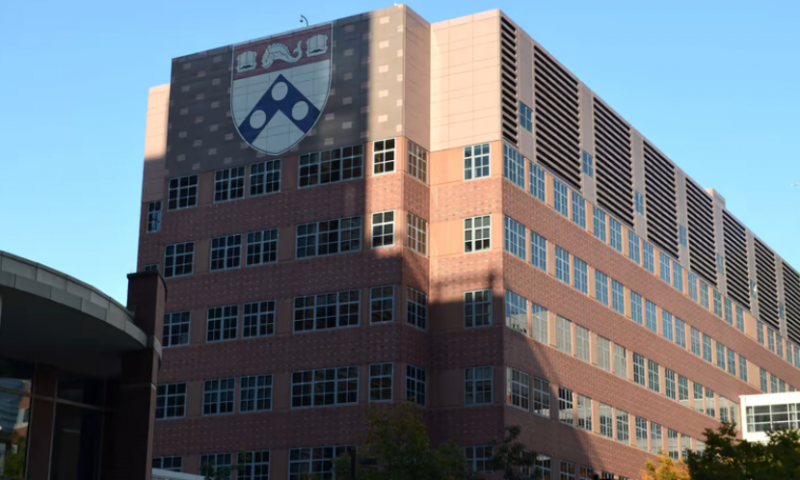The lack of a tumor-specific biomarker poses one major challenge for the development of CAR-T cell therapies for solid tumors. But a research team at the University of Pennsylvania has identified a cell surface protein that, despite its expression on both healthy and tumor cells, could be leveraged for CAR-T therapy against hard-to-treat gastrointestinal (GI) cancers and neuroendocrine tumors (NETs).
Researchers at Penn Medicine have found that CAR-T cells targeting the antigen CDH17 could clear out GI tumors and NETs that expressed the protein in mouse models while leaving CDH17-expressing healthy tissues alone. It has been proposed as a cancer target but not previously explored for CAR-T. T-cell therapy pioneer Carl June, M.D., also participated in the study, which was published in Nature Cancer.
Chimeric Therapeutics has in-licensed the CDH17 CAR-T cell therapy technology for further development. The Australian biotech plans to move the product, now dubbed CHM2101, into the first trial in humans in 2022, with a focus on NETs along with colorectal, pancreatic and gastric cancers.
An antibody derivative that can recognize tumor-associated antigens is a core component in any CAR-T therapy. To search for a proper antibody for CAR-T cells against GI-NET cancers, the Penn team developed a screening method with help from llamas. The camelid family of animals such as llamas produce unique antibodies known as “nanobodies.”
These small antibodies can bind to various antigen sites that are not easily recognized by regular antibodies, the researchers noted. CDH17 turned out to be a target nanobodies could preferentially bind to on the surface of GI-NET cells.
The team designed CDH17-directed CAR-T cells based on the nanobodies and included both CD28 and 4-1BB as co-stimulatory signaling proteins to augment T-cell activity.
In mice bearing human CDH17-expressing NETs, the CAR-T cells eliminated tumors and also extended the lives of the animals compared with unedited T cells. The researchers didn’t find any obvious body weight reductions in the mice, suggesting the CAR-T product was safe.
In tumor xenograft models of stomach cancer and pancreatic cancer, the CAR-T cells also shrunk or eliminated tumors in mice. The team also validated the results of a mouse version of the CAR-T product in immunocompetent mice with mouse pancreatic tumor cells and primary colorectal cancer.
Interestingly, while the CAR-T cells potently killed CDH17-expressing cancer cells, they didn’t impair mouse small intestines or colons even though these healthy tissues also had CDH17 expression on the cell surface.
One possible reason the CAR-T didn’t affect normal tissues is potentially that it “could not reach nor bind to the lateral Cdh17 in the tight junction between intestine epithelial cells,” the researchers wrote in the study.
Given the paucity of tumor-specific antigens, scientists have been exploring ways to steer CAR-T cells away from healthy tissues while still being able to target antigens that may be expressed in both cancer and normal cells.
For example, A2 Bio takes advantage of a genetic phenomenon called loss of heterozygosity, which is commonly found in tumor cells but not in healthy cells. The biotech designed a platform that could block CAR activation when encountering cells that lack heterozygosity. This enables the company to design a CAR-T candidate to target the CEA antigen in colorectal cancer while avoiding normal tissues.
Findings from the current Penn study suggest CDH17 is an ideal target of CAR-T therapy for GI cancers and NETs, the researchers said.
“This opens avenues to explore a new class of tumor antigens that are also expressed in normal cells but protected by the CAR-T cell attack and is hopefully another important step in developing safer immunotherapies for solid tumors,” Xianxin Hua, M.D., Ph.D., the senior author of the study, said in a statement.

